Home>Articles>Where To Put A Backflow Preventer On A Handheld Showerhead
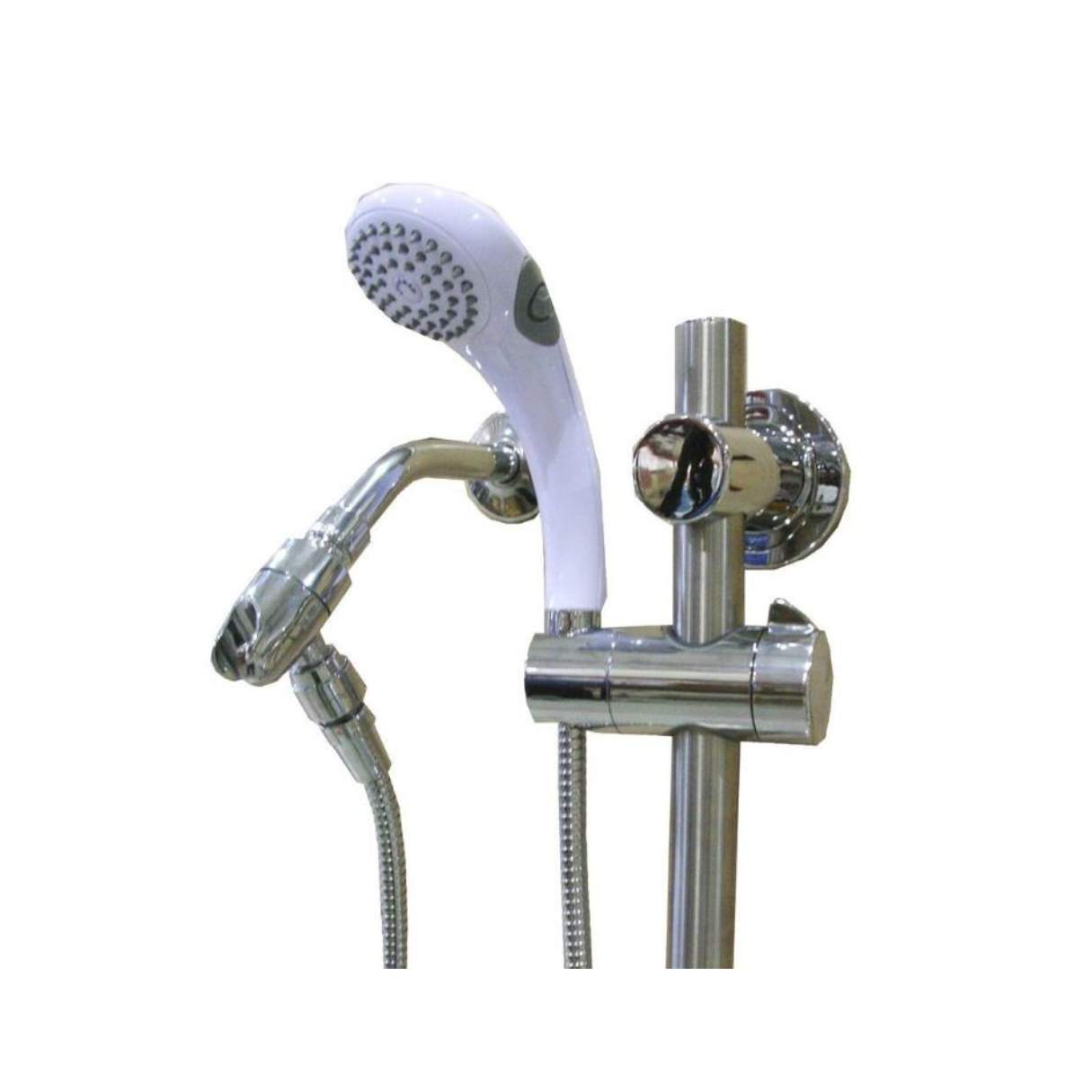

Articles
Where To Put A Backflow Preventer On A Handheld Showerhead
Modified: March 1, 2024
Discover where to install a backflow preventer on your handheld showerhead with helpful articles and expert tips. Safeguard your water supply today!
(Many of the links in this article redirect to a specific reviewed product. Your purchase of these products through affiliate links helps to generate commission for Storables.com, at no extra cost. Learn more)
Introduction
Welcome to our comprehensive guide on where to put a backflow preventer on a handheld showerhead. In this article, we will explore the importance of backflow prevention, the factors to consider when installing a backflow preventer, and provide a step-by-step guide for the installation process.
Backflow prevention is an essential aspect of ensuring the safety and quality of our water supply. It prevents the reverse flow of water, which can lead to contamination and health hazards. Handheld showerheads offer convenience and flexibility but can introduce potential risks if not properly equipped with backflow prevention devices.
By understanding the importance of backflow prevention in handheld showerheads, you can take the necessary steps to safeguard your water supply and protect yourself and your loved ones from potential health issues. Additionally, knowing where and how to install a backflow preventer ensures its effectiveness in preventing backflow.
Before we delve into the specific details of backflow prevention in handheld showerheads, let’s gain a better understanding of backflow prevention in general.
Subtitle: Understanding Backflow Prevention
Backflow prevention refers to the practice of installing devices or systems that prevent the undesired reverse flow of water or other substances into the potable water supply. This is important because it prevents contaminants from entering the water system and ensures clean and safe water for consumption and use.
Backflow can occur when there is a change in water pressure, causing the water to flow in the opposite direction. This can happen due to various reasons such as a burst pipe, a drop in supply pressure, or a break in the water main. When backflow occurs, contaminants such as chemicals, bacteria, or other substances can enter the water supply, posing a risk to human health.
In the case of handheld showerheads, backflow can occur when the water supply is suddenly interrupted, causing a potential shift in pressure. Without proper backflow prevention, this can result in contaminated water flowing back into the pipe system and potentially contaminating the potable water supply.
Next, let’s explore why backflow prevention is particularly important in handheld showerheads.
Key Takeaways:
- Proper installation of a backflow preventer on a handheld showerhead is crucial to safeguard the water supply from contamination, protecting the health and well-being of all users, especially vulnerable individuals.
- Regular maintenance and care of backflow preventers are essential to ensure their ongoing effectiveness in preventing water contamination, contributing to a healthier living environment and minimizing the risk of costly repairs.
Read more: Which Plumbing Device Helps Prevent Backflow
Understanding Backflow Prevention
Backflow prevention refers to the practices and mechanisms used to prevent the reverse flow of water or other substances into the potable water supply. It is a crucial aspect of maintaining the safety and quality of our water systems.
Backflow can occur when there is a sudden change in water pressure, causing water to flow in the opposite direction. This can happen due to various reasons such as a burst pipe, a drop in supply pressure, or a break in the water main. When backflow occurs, contaminants, chemicals, bacteria, or other substances can enter the water supply, posing a significant risk to human health.
The purpose of backflow prevention is to ensure that water flows in only one direction – from the water supply to the consumer. By installing backflow prevention devices or systems, we can effectively safeguard our water supply and prevent potentially harmful substances from contaminating our drinking water.
There are several types of backflow prevention devices commonly used, including:
- Air Gap: An air gap is a physical separation between the water supply and the potential source of contamination. It creates an opening that prevents backflow from occurring as there is no direct connection between the two.
- Double Check Valve Assembly (DCVA): This device consists of two check valves that allow the water to flow in one direction only. It is commonly used in commercial and industrial settings.
- Reduced Pressure Zone (RPZ) Assembly: An RPZ assembly is a more advanced backflow preventer that uses two check valves and a relief valve to protect the water supply from backflow. It is often used in high-risk areas such as hospitals or chemical facilities.
Now that we have a basic understanding of backflow prevention, let’s explore why it is particularly important in handheld showerheads.
Importance of Backflow Prevention in Handheld Showerheads
Handheld showerheads offer convenience and flexibility, allowing us to direct the water exactly where we need it. However, they can also present a potential risk if not equipped with proper backflow prevention mechanisms.
When using a handheld showerhead, there is a possibility of backflow occurring if the water supply is suddenly interrupted. This can happen, for example, if someone flushes a toilet or turns on another faucet while you are showering. The change in water pressure can cause water to reverse its flow and potentially contaminate the water supply.
The potential contaminants that can enter the water supply through backflow in handheld showerheads are numerous. They can include harmful bacteria, chemicals from cleaning products, or even remnants of personal care products like shampoos or soaps. These contaminants can pose a health risk, especially if ingested or absorbed through the skin.
Children, the elderly, and individuals with compromised immune systems are particularly vulnerable to the health risks associated with backflow contamination. Therefore, it is essential to install backflow preventers on handheld showerheads to protect the health and well-being of all users.
In addition to health concerns, backflow contamination can also lead to costly repairs and property damage. It can cause damage to plumbing systems, appliances, and fixtures, resulting in the need for repairs or replacements.
By having proper backflow prevention mechanisms in place, you can minimize the risk of contamination and ensure a safe and clean water supply for your household. Installing a backflow preventer on your handheld showerhead is a proactive measure to protect yourself, your loved ones, and your property.
Now that we understand the importance of backflow prevention in handheld showerheads, let’s delve into the factors to consider when installing a backflow preventer.
Factors to Consider When Installing a Backflow Preventer
Installing a backflow preventer on a handheld showerhead is an important step in ensuring the safety and quality of your water supply. To ensure its effectiveness, there are several factors to consider when selecting and installing a backflow preventer.
1. Regulatory Requirements: Before installing a backflow preventer, it is essential to research and understand any local or regional regulations regarding backflow prevention. Some areas may have specific guidelines or requirements that govern the installation and maintenance of backflow preventers. Compliance with these regulations is crucial to ensure the safety and legality of your installation.
2. Type of Backflow Preventer: There are different types of backflow preventers available in the market, such as air gaps, double-check valves, and reduced pressure zone assemblies. Consider the level of backflow risk in your area and consult with a plumbing professional to determine the most appropriate type of backflow preventer for your handheld showerhead.
3. Compatibility: Ensure that the backflow preventer you choose is compatible with your handheld showerhead. Consider factors such as the size and type of connections, as well as any specific installation requirements. It is advisable to consult the manufacturer’s instructions or seek professional guidance to ensure compatibility.
4. Installation Location: Determine the optimal location for installing the backflow preventer on your handheld showerhead. The backflow preventer should be installed in a position where it can effectively prevent backflow. Consider factors such as accessibility, ease of maintenance, and protection from potential damage or tampering.
5. Professional Installation: While it is possible to install a backflow preventer on a handheld showerhead yourself, it is recommended to seek professional assistance, especially if you are unsure about the process. A qualified plumber can ensure proper installation and provide guidance on any specific considerations related to your plumbing system.
6. Regular Maintenance: Once the backflow preventer is installed, it is crucial to schedule regular maintenance and inspections. Backflow preventers can become clogged or damaged over time, compromising their effectiveness. Follow the manufacturer’s recommendations for maintenance and consult with a professional if you notice any issues or abnormalities.
By considering these factors and taking the necessary precautions, you can ensure that your backflow preventer is installed correctly and functions effectively in protecting your water supply from contamination.
Now that we have explored the factors to consider, let’s move on to the next important topic: where to install a backflow preventer on a handheld showerhead.
The backflow preventer for a handheld showerhead should be installed at the point where the handheld hose connects to the water supply, typically at the shower arm or diverter valve. This will help prevent contaminated water from flowing back into the water supply.
Where to Install a Backflow Preventer on a Handheld Showerhead
When it comes to installing a backflow preventer on a handheld showerhead, the placement plays a crucial role in its effectiveness. The goal is to ensure that the backflow preventer is positioned correctly to prevent any potential contamination of the water supply. Here are some key considerations for where to install a backflow preventer on a handheld showerhead:
1. Near the Shower Arm: The ideal location to install a backflow preventer is near the shower arm, where the handheld showerhead connects to the water supply. This ensures that the backflow preventer is positioned as close as possible to the source of potential backflow.
2. Above Eye Level: To minimize the risk of any accidental contact or tampering, it is recommended to install the backflow preventer above eye level. This will make it less accessible and reduce the chances of interference or damage.
3. Accessible for Maintenance: While it is important to place the backflow preventer out of reach, it should still be easily accessible for maintenance and inspection. Consider a location that allows for convenient access for regular maintenance without requiring any special tools or excessive effort.
4. Protected from Water Splashes: Ensure that the backflow preventer is protected from direct exposure to water splashes. Position it in a way that minimizes the risk of water directly hitting the device, as excessive moisture can affect its performance and longevity.
5. Adequate Clearance: Provide enough clearance around the backflow preventer for easy installation, maintenance, and inspection. Avoid placing the device too close to other fixtures or objects that may obstruct access or limit maneuverability.
6. Follow Manufacturer’s Guidelines: Always refer to the manufacturer’s guidelines and instructions for specific recommendations on the installation location of the backflow preventer. Different models may have varying requirements, so it is important to follow the manufacturer’s instructions to ensure optimal performance.
By installing the backflow preventer in the correct location and following these guidelines, you can maximize its effectiveness in preventing backflow and maintaining the safety of your water supply. If you are unsure about the installation process, it is recommended to seek professional assistance from a plumber or a qualified technician.
Now that we know where to install a backflow preventer on a handheld showerhead, let’s proceed with a step-by-step guide for installing a backflow preventer.
Read also: 13 Amazing Handheld Showerhead for 2025
Step-by-Step Guide for Installing a Backflow Preventer
Installing a backflow preventer on a handheld showerhead may seem daunting, but with the right tools and guidance, it can be a straightforward process. Follow this step-by-step guide to ensure a successful installation:
1. Gather the Necessary Tools: Before you begin, make sure you have all the tools and materials required for the installation. This may include a backflow preventer kit, plumber’s tape, adjustable wrench, and a clean cloth.
2. Turn Off the Water Supply: Locate the main water supply valve and turn it off to stop the flow of water. This will prevent any water from flowing while you work on the installation.
3. Remove the Handheld Showerhead: Unscrew the handheld showerhead from the shower arm by turning it counterclockwise. Use an adjustable wrench if necessary, but be careful not to damage the showerhead or the shower arm.
4. Apply Plumber’s Tape: Wrap a few layers of plumber’s tape around the threads of the shower arm in a clockwise direction. This will create a tight seal and prevent any potential leaks.
5. Attach the Backflow Preventer: Take the backflow preventer and screw it onto the shower arm by turning it clockwise. Ensure that it is securely tightened but be careful not to overtighten, as this may damage the device or cause leaks.
6. Reattach the Handheld Showerhead: Screw the handheld showerhead back onto the backflow preventer by turning it clockwise. Again, use an adjustable wrench if needed, but be cautious not to overtighten and risk damaging the showerhead or preventer.
7. Turn On the Water Supply: Once the handheld showerhead is securely attached, turn on the main water supply valve to allow water to flow through the system. Check for any leaks around the backflow preventer or the showerhead connections.
8. Test the Backflow Preventer: Turn on the handheld showerhead and ensure that water flows smoothly without any signs of backflow or contamination. Check for any unusual smells or discoloration in the water, as these could indicate a potential issue.
9. Conduct Regular Maintenance: After installation, make a note to conduct regular maintenance on the backflow preventer. Follow the manufacturer’s guidelines for cleaning, inspection, and replacement of any worn-out parts.
Following these steps will help you properly install a backflow preventer on your handheld showerhead and ensure the safety and quality of your water supply. If you encounter any difficulties during the installation process, it is advisable to seek professional assistance from a plumber or a qualified technician.
Now that you know how to install a backflow preventer, let’s move on to discussing the maintenance and care required to keep it functioning effectively.
Maintenance and Care of Backflow Preventers
Proper maintenance and care of backflow preventers are essential to ensure their continued effectiveness in preventing backflow and protecting the quality of your water supply. Regular maintenance helps identify and address any potential issues before they become significant problems. Here are some key maintenance steps to follow:
1. Regular Inspection: Conduct regular visual inspections of the backflow preventer to check for any signs of damage, corrosion, or wear. Look for leaks, loose fittings, or any visible signs of debris that may hinder its performance.
2. Clean and Flush: Periodically clean and flush the backflow preventer to remove any sediment, debris, or buildup that may accumulate. Follow the manufacturer’s recommendations for cleaning, which may involve disassembling and rinsing the internal components with clean water.
3. Check Valves: Inspect and test the check valves in the backflow preventer to ensure they are functioning properly. The check valves should open and close smoothly without any signs of sticking or obstruction. If you notice any issues, consult a professional for inspection and potential replacement.
4. Maintenance Schedule: Establish a regular maintenance schedule for your backflow preventer based on the manufacturer’s recommendations and any local regulations. This typically involves annual or bi-annual inspections, cleaning, and testing. Keep a record of maintenance activities for future reference.
5. Winter Protection: In colder climates, take precautions to protect the backflow preventer from freezing during winter months. Insulate the device or install frost-proof covers to prevent damage caused by freezing temperatures. Follow local guidelines for winterizing backflow preventers in your area.
6. Professional Servicing: While you can perform basic maintenance, it is advisable to engage a qualified professional for more in-depth servicing. Periodically schedule professional servicing to ensure the backflow preventer is thoroughly inspected, tested, and maintained according to industry standards.
7. Compliance with Regulations: Stay updated on any changes in local regulations regarding the maintenance of backflow preventers. Ensure that your maintenance procedures align with the requirements set by regulatory authorities to maintain compliance and safety standards.
By following these maintenance practices and caring for your backflow preventer, you can ensure its optimal performance and prevent water contamination. Remember, if you encounter any difficulties or suspect issues with your backflow preventer, it is recommended to seek professional assistance from a trained technician or plumber.
Now that we’ve covered the importance of maintenance and care, let’s wrap up our guide.
Conclusion
Installing a backflow preventer on a handheld showerhead is a crucial step in protecting the safety and quality of your water supply. Backflow prevention is essential to prevent the contamination of water with harmful substances and ensure the well-being of you and your loved ones.
Throughout this comprehensive guide, we have explored the importance of backflow prevention, the factors to consider when installing a backflow preventer, and provided a step-by-step installation guide. We have also highlighted the significance of regular maintenance and care to ensure the ongoing effectiveness of the backflow preventer.
By understanding the potential risks of backflow in handheld showerheads and taking proactive measures, such as installing backflow preventers, you can protect yourself from water contamination. This not only contributes to a healthier living environment but also minimizes the risk of costly repairs or damage to plumbing systems.
Remember to familiarize yourself with any local regulations regarding backflow prevention and consult with professionals if you are unsure about the installation or maintenance process. By adhering to best practices and seeking expert guidance when needed, you can ensure the optimal performance of your backflow preventer.
Protecting your water supply is essential for the well-being and safety of your household. By implementing the practices outlined in this guide, you can enjoy the convenience and benefits of a handheld showerhead while maintaining a clean and uncontaminated water supply.
Thank you for taking the time to explore this guide on where to put a backflow preventer on a handheld showerhead. By prioritizing backflow prevention and practicing proper maintenance, you are contributing to the overall health and safety of your home. Should you have any questions or concerns, do not hesitate to reach out to plumbing professionals or experts in the field.
Stay proactive, stay informed, and enjoy the benefits of a well-protected water supply with a reliable backflow preventer on your handheld showerhead.
Frequently Asked Questions about Where To Put A Backflow Preventer On A Handheld Showerhead
Was this page helpful?
At Storables.com, we guarantee accurate and reliable information. Our content, validated by Expert Board Contributors, is crafted following stringent Editorial Policies. We're committed to providing you with well-researched, expert-backed insights for all your informational needs.
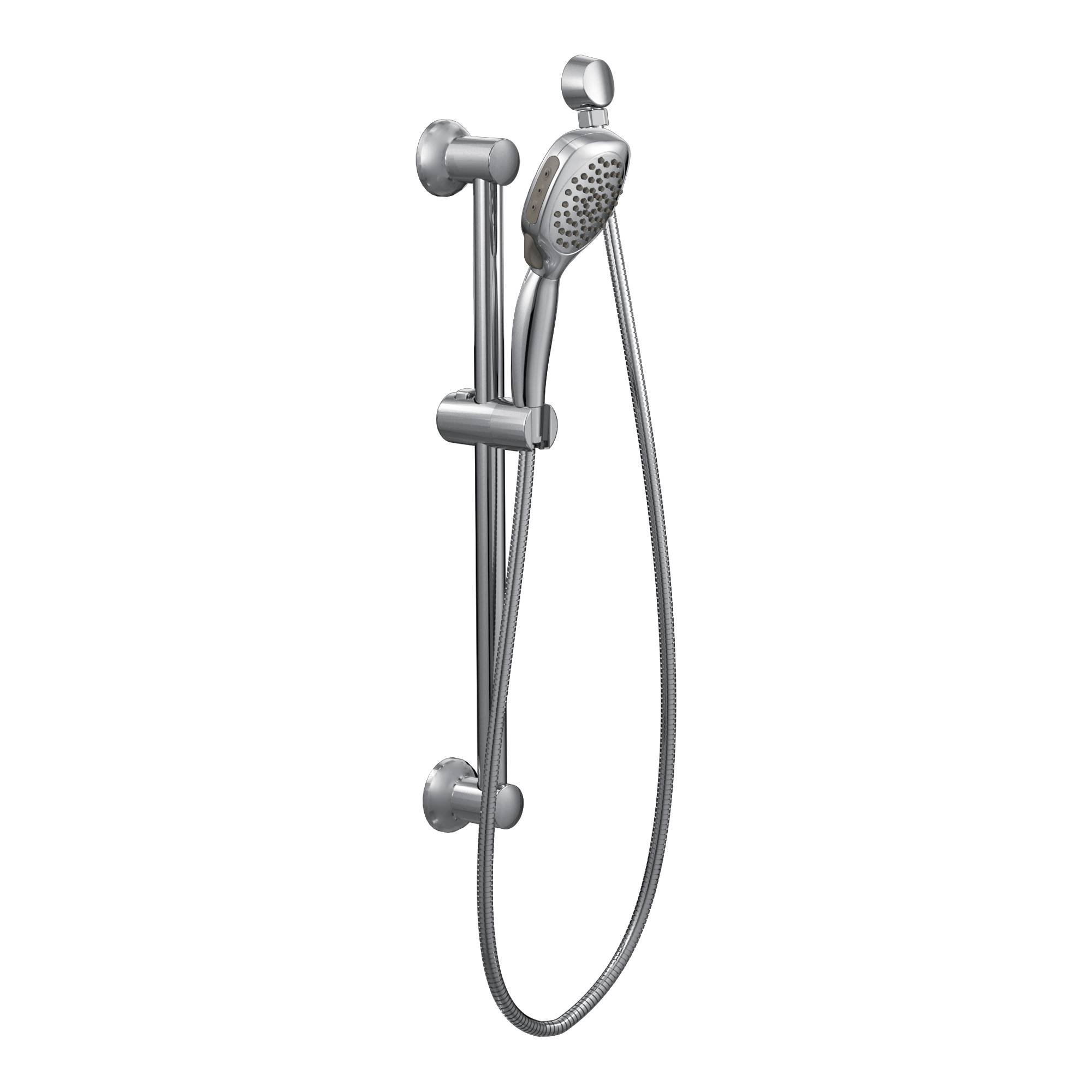
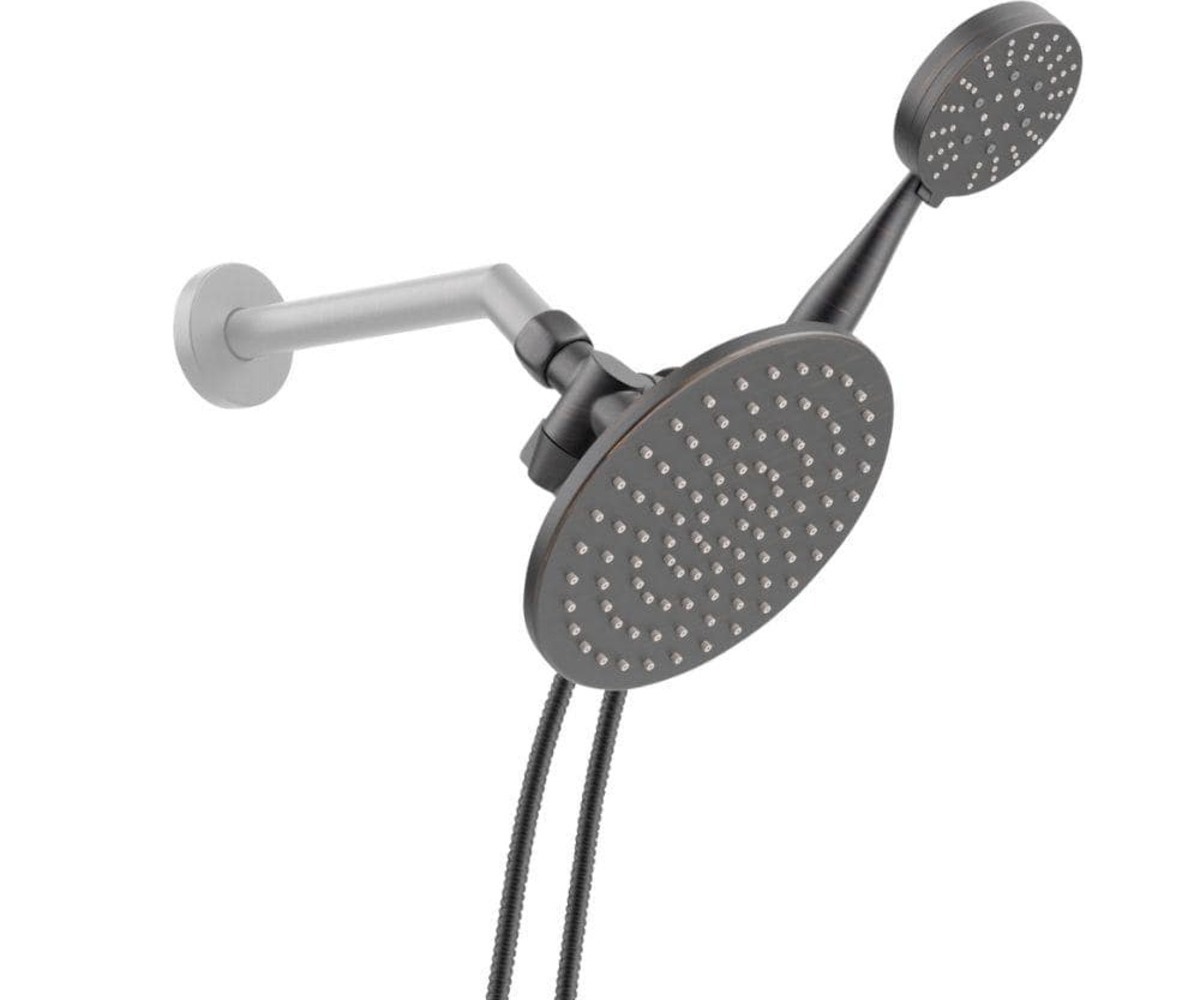
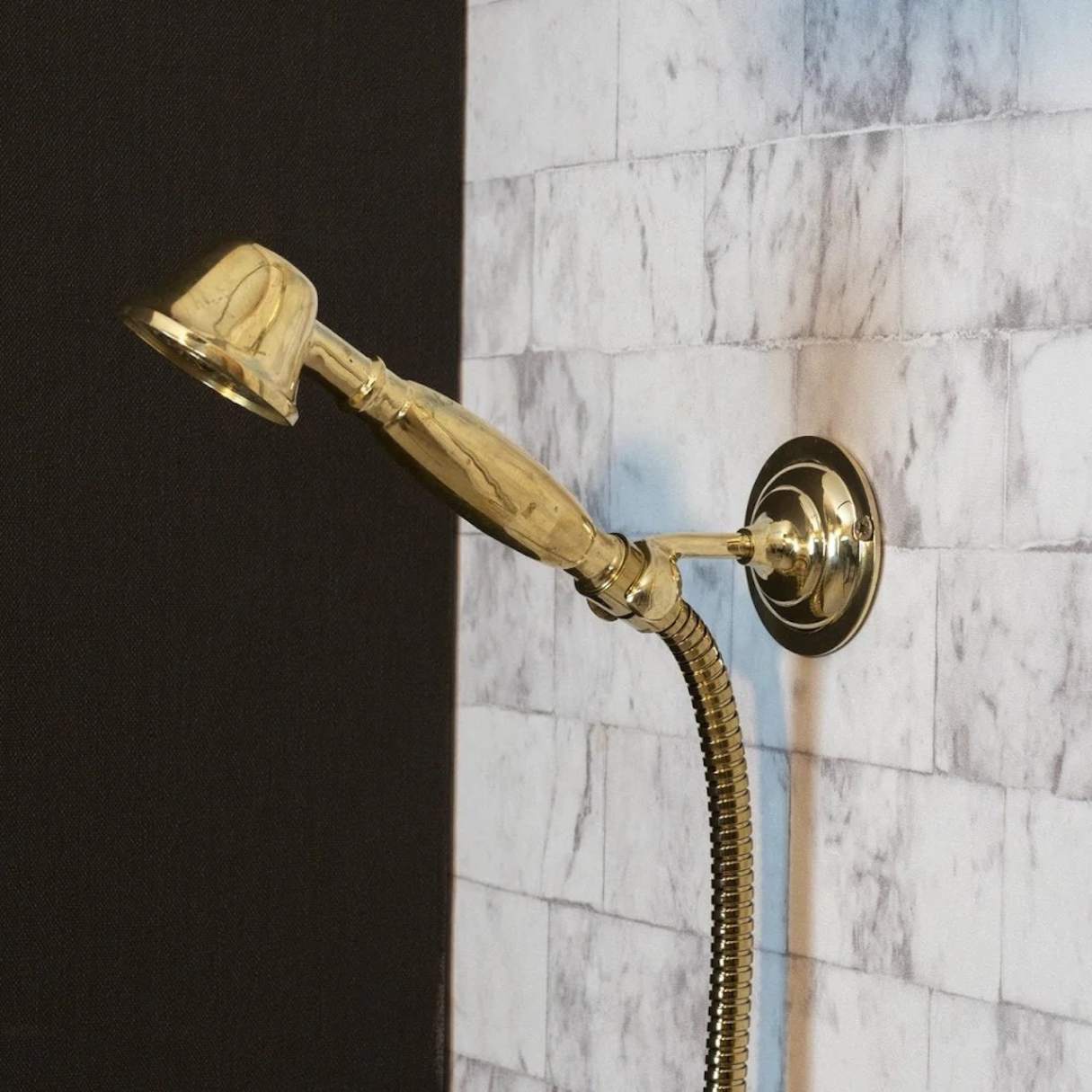

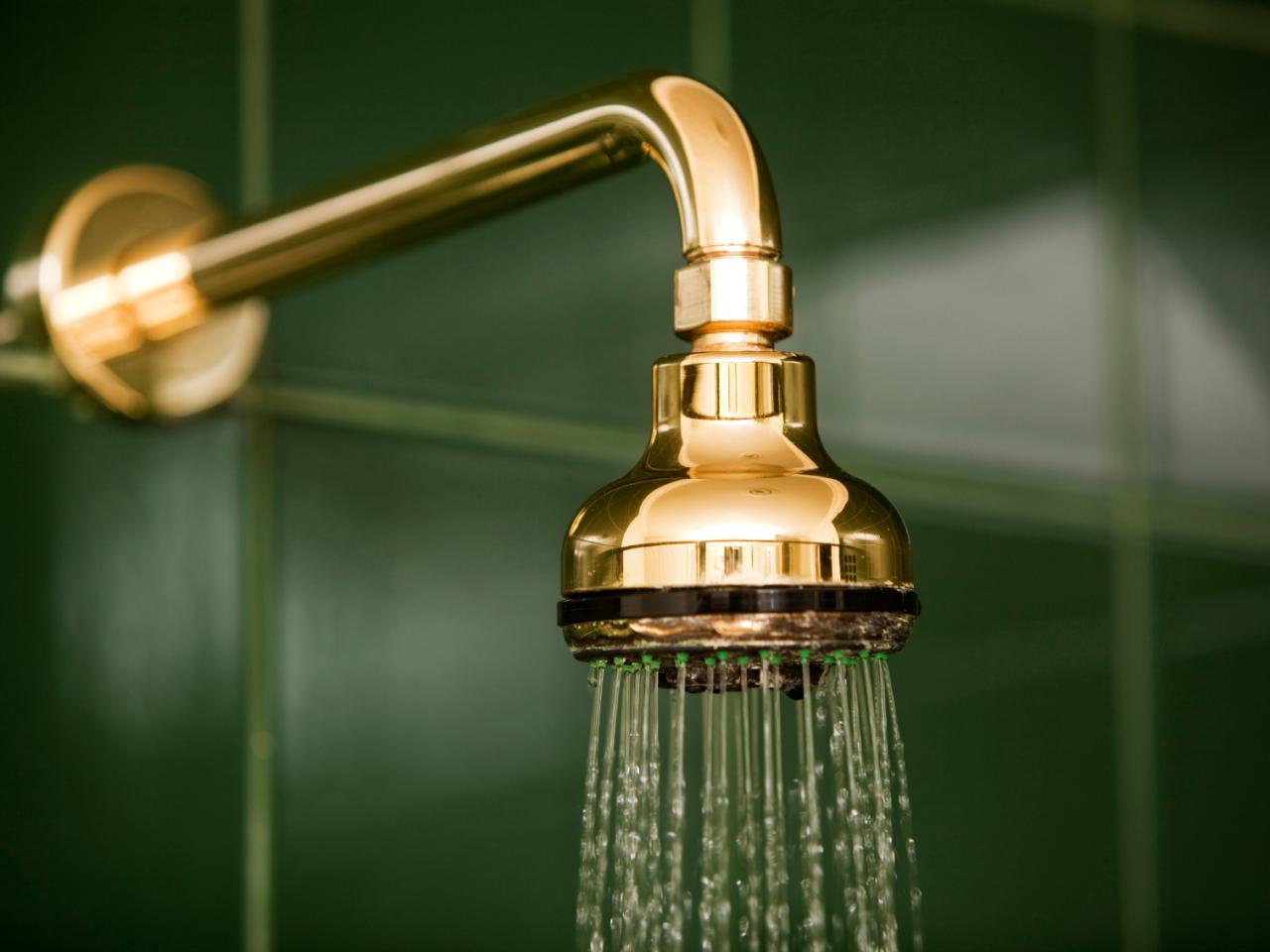
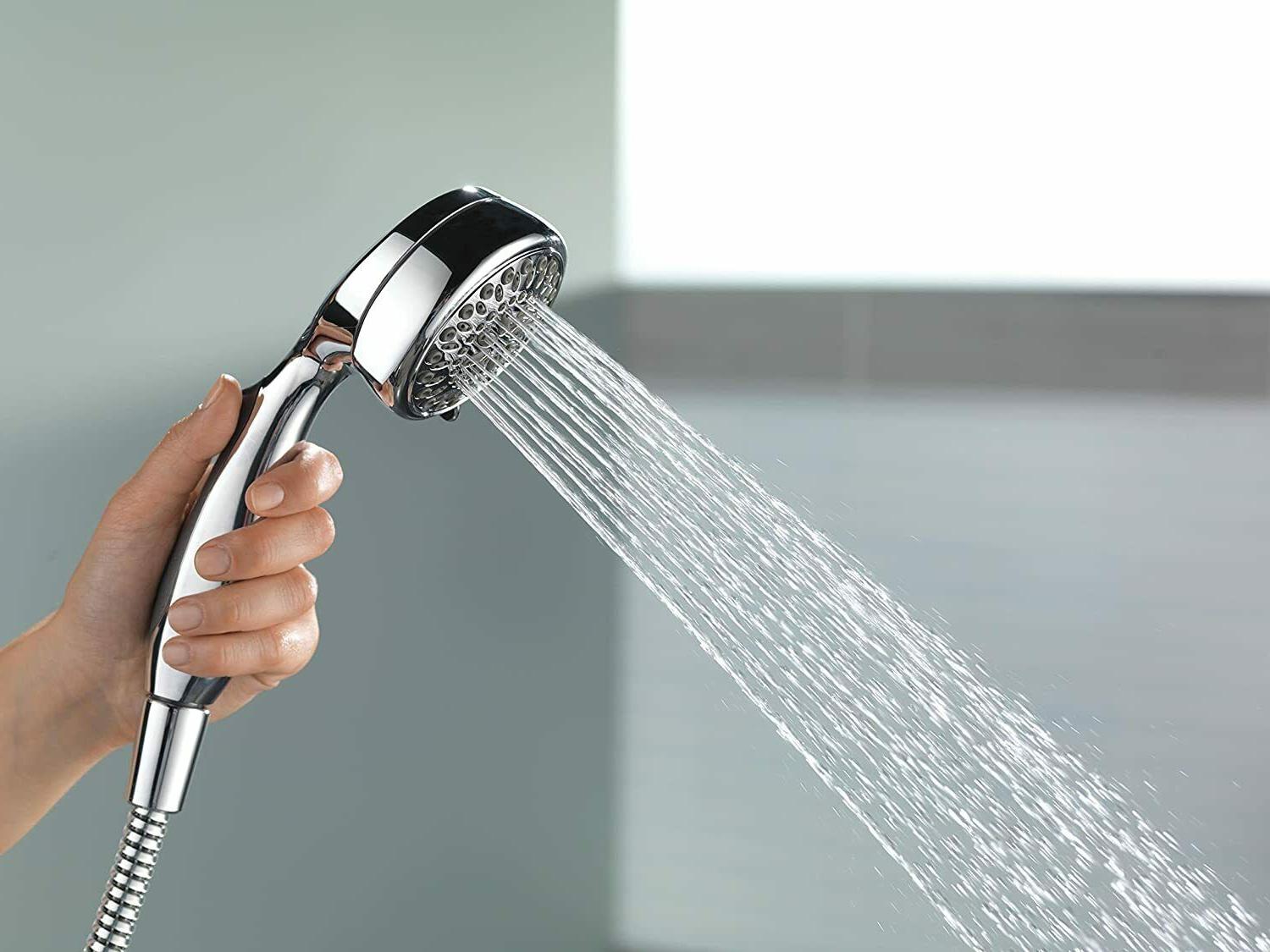
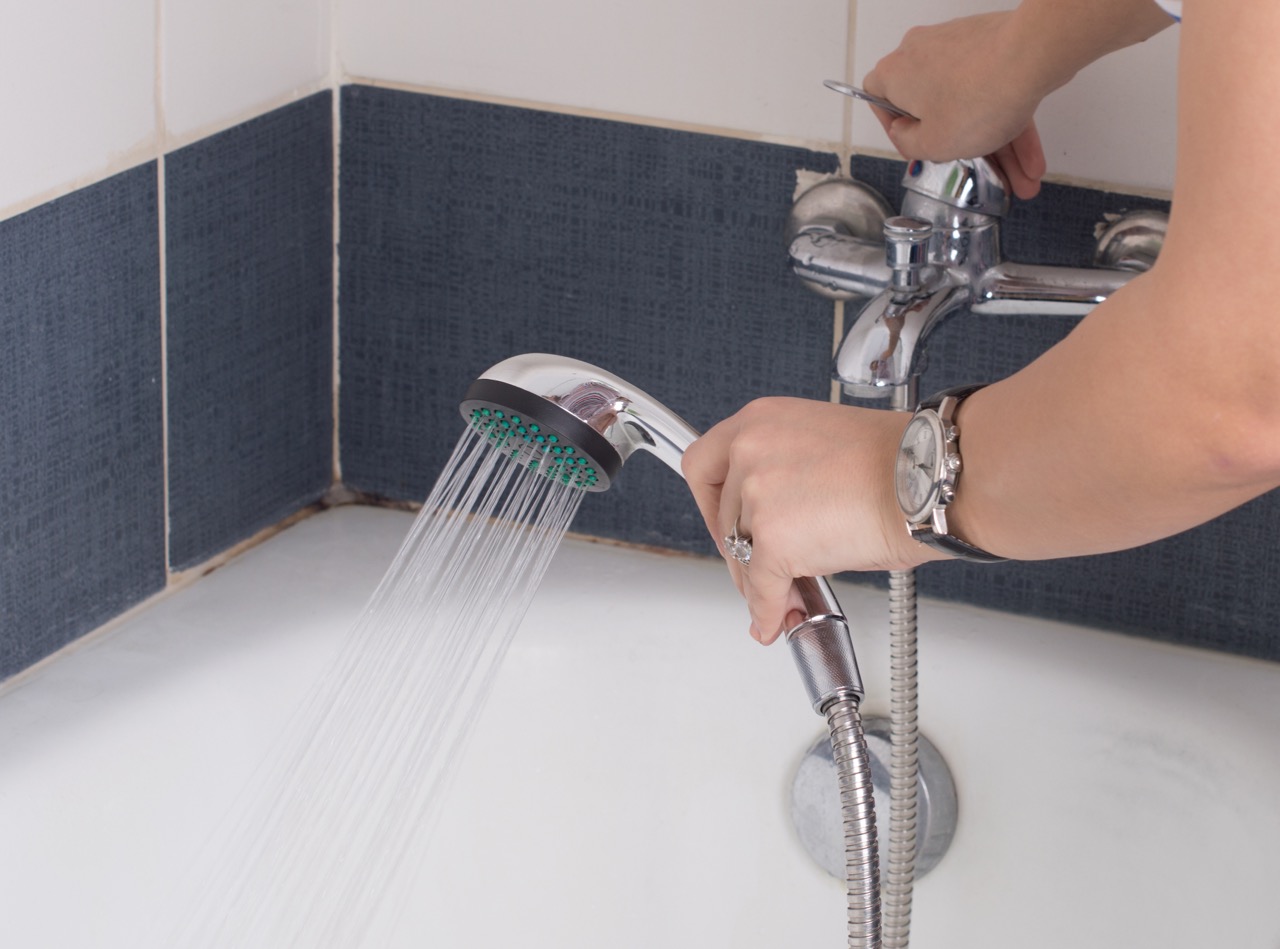
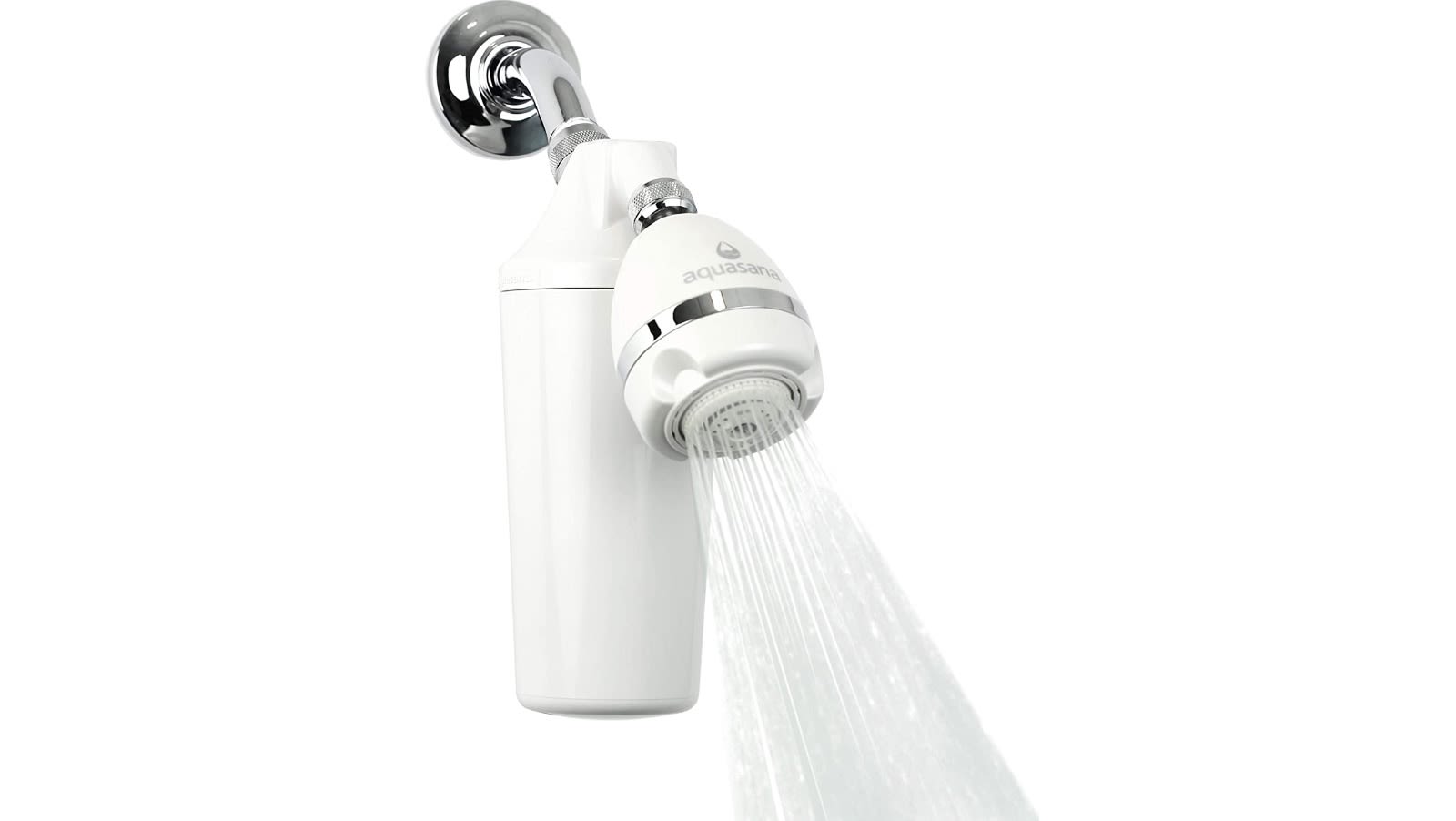
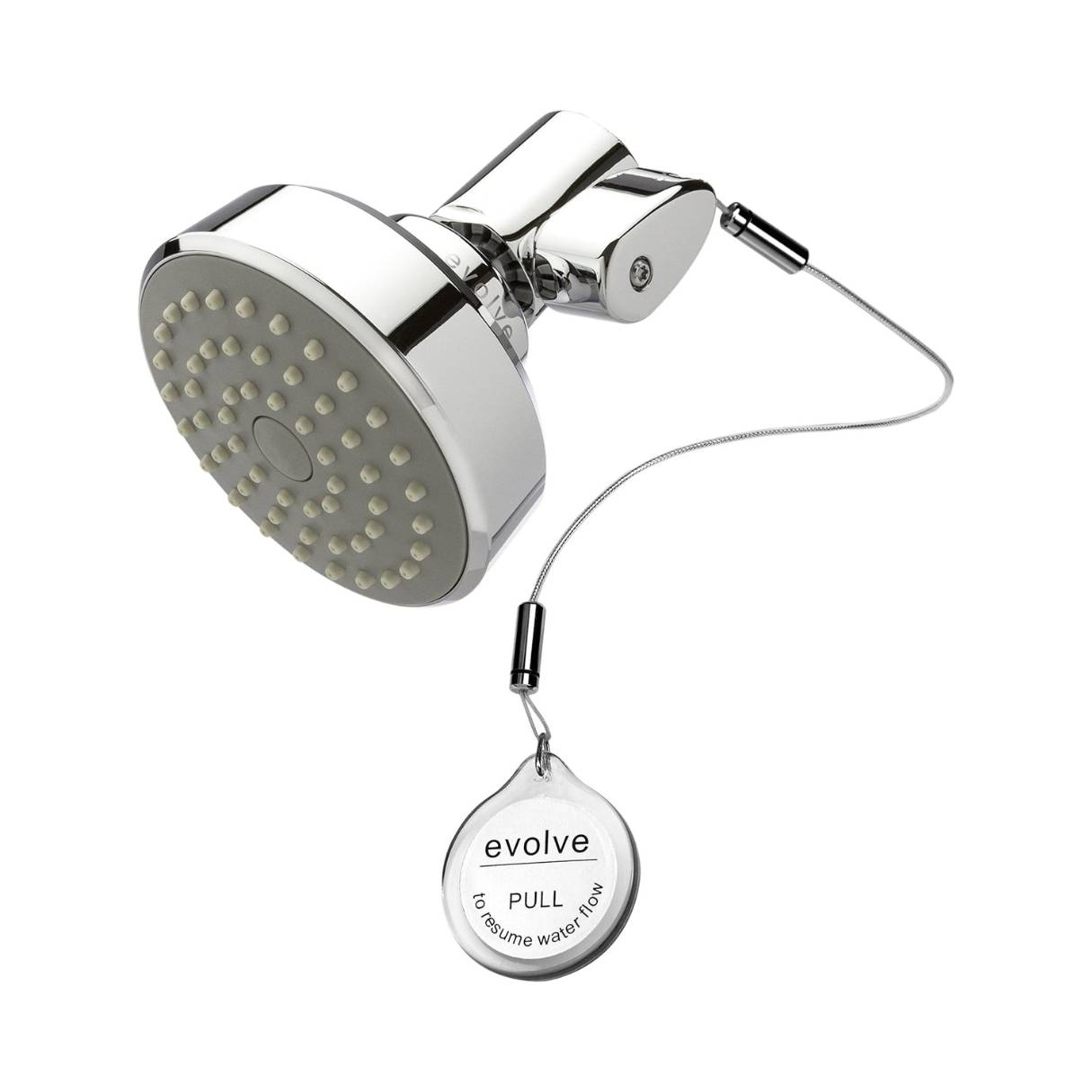
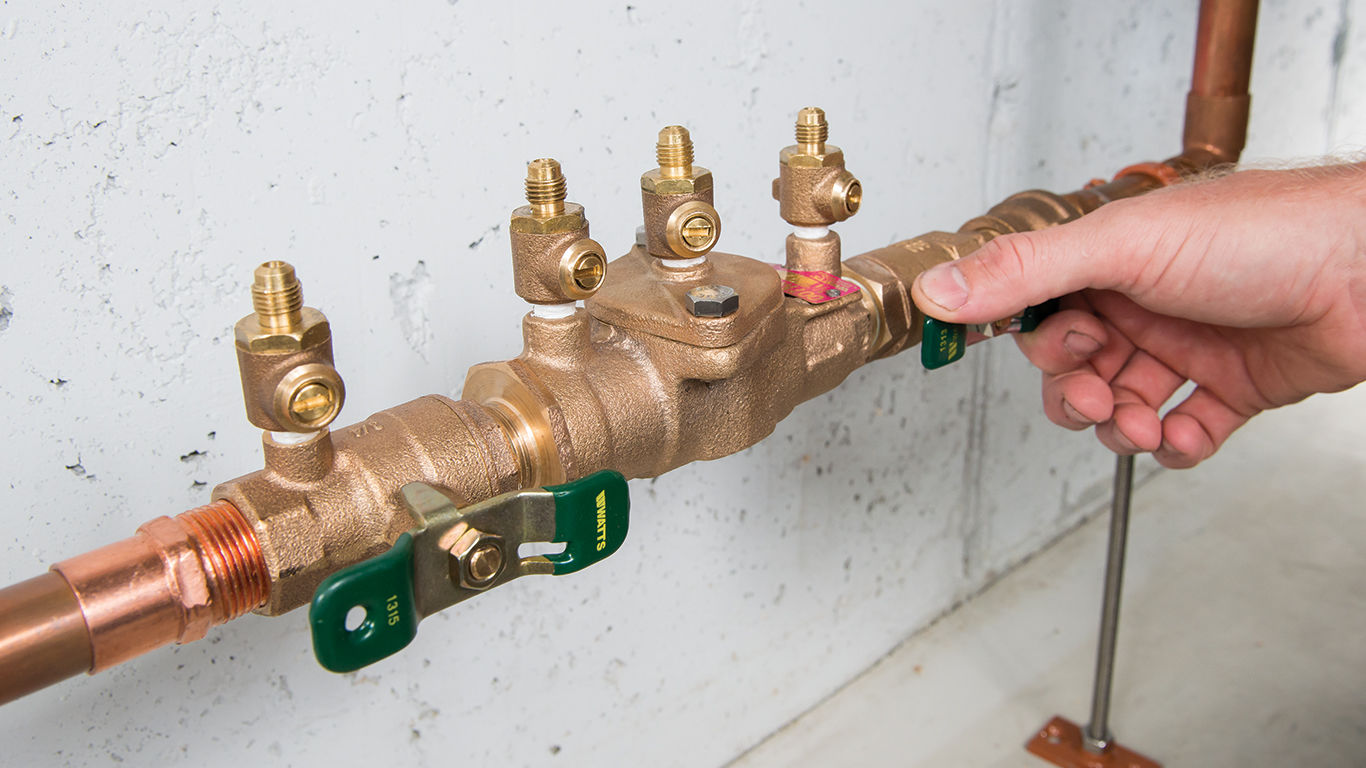
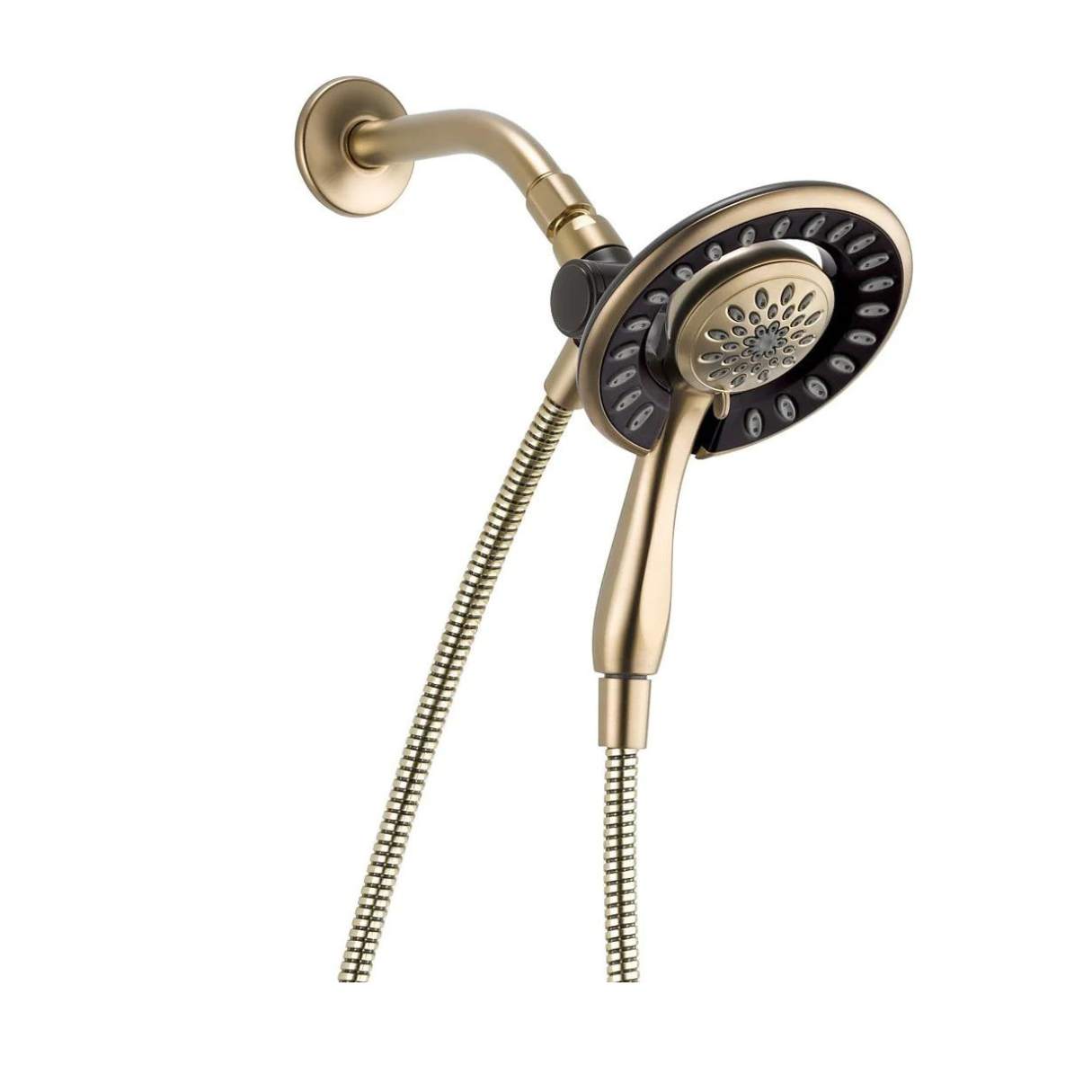

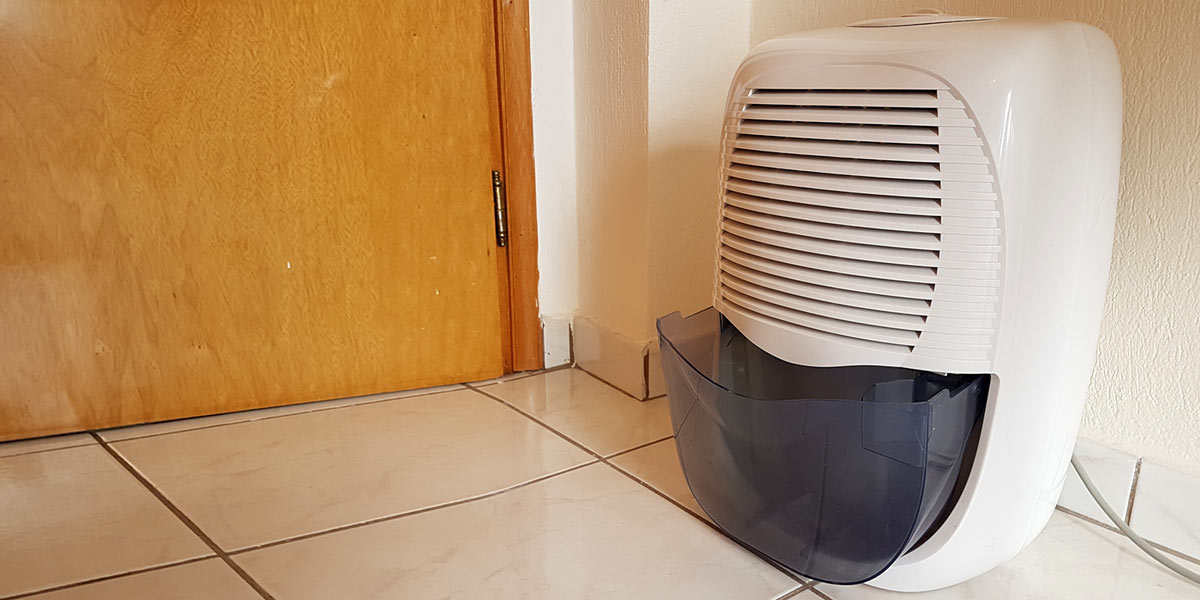
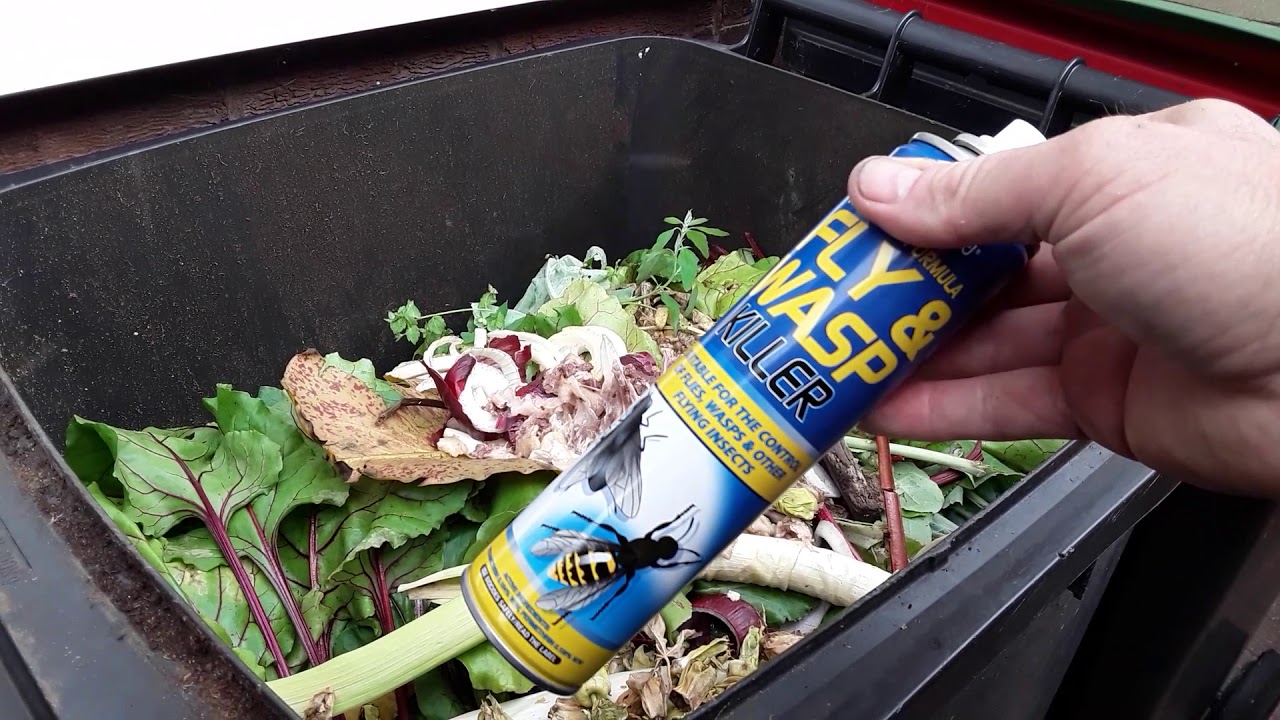

0 thoughts on “Where To Put A Backflow Preventer On A Handheld Showerhead”